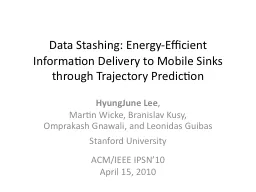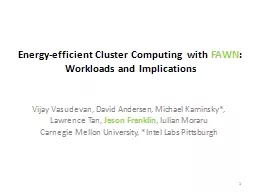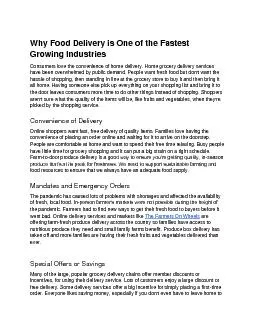PPT-Data Stashing: Energy-Efficient Information Delivery to Mob
Author : tatyana-admore | Published Date : 2016-07-13
HyungJune Lee Martin Wicke Branislav Kusy Omprakash Gnawali and Leonidas Guibas Stanford University ACMIEEE IPSN10 April 15 2010 Traditional Data Delivery
Presentation Embed Code
Download Presentation
Download Presentation The PPT/PDF document "Data Stashing: Energy-Efficient Informat..." is the property of its rightful owner. Permission is granted to download and print the materials on this website for personal, non-commercial use only, and to display it on your personal computer provided you do not modify the materials and that you retain all copyright notices contained in the materials. By downloading content from our website, you accept the terms of this agreement.
Data Stashing: Energy-Efficient Information Delivery to Mob: Transcript
Download Rules Of Document
"Data Stashing: Energy-Efficient Information Delivery to Mob"The content belongs to its owner. You may download and print it for personal use, without modification, and keep all copyright notices. By downloading, you agree to these terms.
Related Documents














